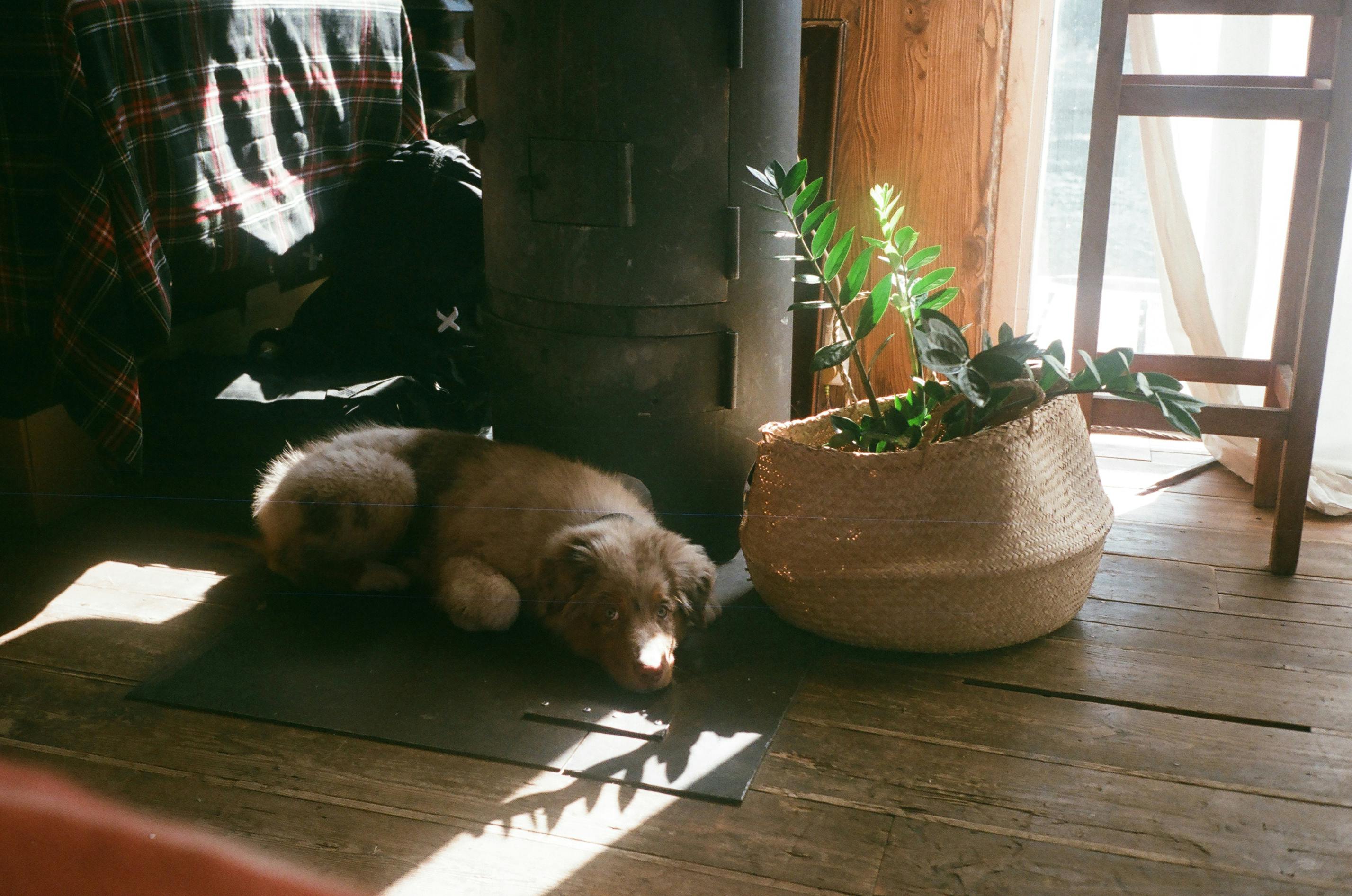How to protect your home from winter
The winter season is upon us. Just as we change our lifestyles and routines to adapt to the seasons, we must also adapt our homes to the changes. As we prepare to settle inside and pull out our hardy winter wool coats, we need to make sure our home is ready to withstand the onslaught of snow, dirt, sleet, and salt ahead.
The winter season brings with it challenges that are not purely seasonal in nature; The holiday season comes with a huge increase in foot traffic around the home, as people spend a lot of time indoors. This double effect can combine to cause real damage to your beautiful hardwood floors if you are not prepared. Let’s take a quick look at how the changing seasons can damage your floor and how you can prevent this from happening.
Common Winter Elemental Damage
Gaping: The air that your air conditioning systems will circulate throughout your home in the winter season is much drier than the type of air that circulates during the summer months. The effect this has on the wood is to cause it to slightly lose its moisture content, leading to the creation of small gaps where the boards meet. You shouldn’t worry too much about this as it is to be expected. Once the temperatures warm up they will absorb some moisture and return to normal.
Scratches and Scratches: Mud, salt, dead leaves, dirt, and snow can combine to create unsightly scratches and scuffs on your floors once they find their way unintentionally into the house on the soles of boots and shoes.
Rot – If left undisturbed long enough, some of these winter elements can seep into the floor and cause the wood to rot. This should be avoided at all costs, as severe cases may make it necessary to seek professional services for repairs.
What can I do to avoid them?
Maintain temperatures: What leads to the creation of gaps in your floor are the changing levels of temperature and humidity. A good way to counteract this effect is to keep your thermostat setting at a constant, even temperature, avoiding turning the heat up and down.
Cleaning: Regularly sweeping, mopping, and vacuuming your floors prevents a buildup of mud and snow debris that could eventually lead to rot.
Take off your shoes: Simply removing your shoes and boots before entering the house will go a long way to avoiding most winter flooring issues. Before they walk in, have your family and friends take note!
Cover Up: Rugs, rugs, and rugs are a great way to protect your floors, especially in high-traffic areas that experience the most stress. Unwanted items simply won’t have a chance to reach your floors.
Know what you’re dealing with: Getting a good understanding of exactly what type of flooring you’re trying to protect will make your job much easier. information about your hardwood floor areas, such as how old they are, how much money you have invested in them over time, etc. it will help you determine how much time, effort, and money would reasonably be spent protecting them.
